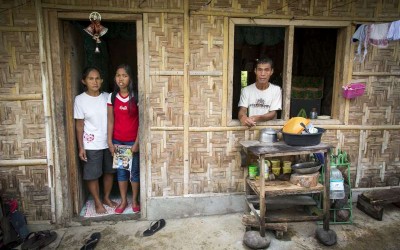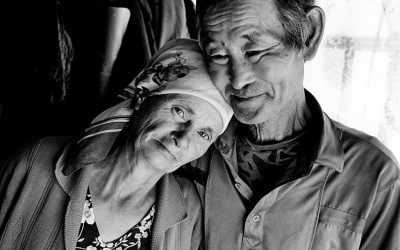Ending Statelessness Within 10 Years
Special Report:Stateless people are found in all parts of the globe — Asia, Africa, the Middle East, Europe and the Americas—entire communities, new-born babies, children, couples and older people.
Their one common curse, the lack of any nationality, deprives them of rights that the majority of the global population takes for granted. Often they are excluded from cradle to grave—being denied a legal identity when they are born, access to education, health care, marriage and job opportunities during their lifetime and even the dignity of an official burial and a death certificate when they die.
Statelessness is a man-made problem and occurs because of a bewildering array of causes. Entire swathes of a population may become stateless overnight due to political or legal directives or the redrawing of state boundaries. Families endure generations of statelessness despite having deep-rooted and longstanding ties to their communities and countries.
Some have become stateless due to administrative obstacles; they simply fall through the cracks of a system that ignores or has forgotten them. More than two decades after the disintegration of the Soviet Union, over 600,000 people remain stateless.
Some 300,000 Urdu-speaking Biharis were denied citizenship by the government of Bangladesh when the country gained its independence in 1971. In Côte d’Ivoire, there are 700,000 stateless people who have no nationality or the rights that flow from it. More than 800,000 Rohingya in Myanmar have been refused nationality under the 1982 citizenship law and their freedom of movement, religion and education severely curtailed.
Over a third of the world’s stateless are children and the stigma of statelessness could follow them for the rest of their lives, even past their deaths; if they have children of their own, this generation will also be stateless and the crisis perpetuated.
This centuries-old problem first began to stir the consciousness of the international community when words such as ‘inhumane,’ ‘embarrassing’ and ‘a blemish in international law’ were applied to the plight of stateless people. UNHCR was mandated to assist stateless refugees in 1950.
While a significant number of refugees and asylum-seekers are also stateless, their numbers are usually reflected in figures relating to refugees and asylum-seekers. During the past five years, 20% of all refugees resettled by UNHCR have also been stateless. UNHCR was mandated in the 1970s to assist stateless people under the 1961 Convention on the Reduction of Statelessness and its role was consolidated in 1995. The legal cornerstones of UNHCR’s work are the 1954 Convention relating to the Status of Stateless Persons and the 1961 Convention on the Reduction of Statelessness.
These treaties are supported by other legal instruments such as the 1948 Universal Declaration of Human Rights and many international and regional human rights treaties which uphold the right of every human being to a nationality.
But for decades solving statelessness appeared to be insurmountable. Many governments and the international community as a whole appeared uninterested, often prolonging crises rather than undertaking efforts to solve them.
UNHCR insists that this problem is largely avoidable, and with adequate political will, entirely solvable too.




